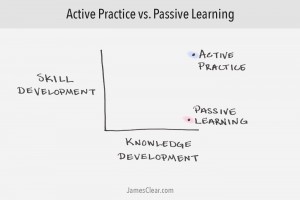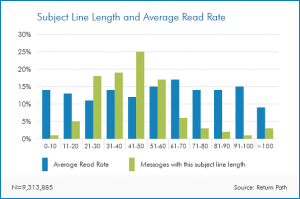When it comes to engaging with consumers on social, automation can save you both time and money. Contributor Seth Price outlines four things to consider when automating your social media content.

As social media feeds fill with thousands of updates every hour, users have put a premium on original content that is timely and relevant to their interests. Brands looking to engage with consumers on social face getting lost in the noise, or even worse, eliminated altogether by ever-changing user preferences and platform features.
All of this can make automation (the idea of “set it and forget it”) feel like a dirty word, but the truth is, it can be a godsend for marketers.
If done wisely, there’s no reason your company shouldn’t benefit from a little planning and scheduling on social media — especially when it saves time and money, and allows you to spend more time on the things that really matter for your business.
Below are four strategic ways to start automating your social media content (and freeing up your busy schedule).
1. When to automate
Social media should be fun and engaging, not a tiresome chore. When managing social media accounts, we’ve all experienced the struggle of scouring the web for relevant articles to repost and share, while precious seconds on the clock tick away. If you feel that keeping up with all your social channels is a major time suck, chances are you could use some automation in your life.
What’s more, you may already have the resources readily available to make automation feasible. If you’ve amassed a sizable well of evergreen assets — things like tip lists and blog posts — there’s a huge opportunity to automate.
On social, as with other content platforms, there’s no need to reinvent the wheel. If you have materials that are timelessly valuable to your followers, you’re doing them a favor by resurfacing them on a consistent basis and saving yourself time in the long run.
2. What to automate
Social media automation, in plain terms, means prescheduling posts. This includes both older, evergreen content and fresh, new copy. It’s okay to post the same information across multiple networks, too — in fact, this creates a certain cohesiveness to your online voice and tone.
The trick to planning these posts tastefully is to keep your followers in mind, always. Even though scheduling ahead of time can feel contrary to the organic and often spontaneous nature of social media, it’s still possible to deliver useful content if you keep your followers’ wants and needs top of mind.
Taking a look at the calendar and prescheduling posts around known holidays and events is an easy way to automate social activity. However, take care to note unplanned world news events to ensure your content doesn’t come across as tone-deaf.
Another key part of the equation is scheduling time for yourself to log on and engage in real-time conversations. Fifteen minutes each day is a perfect window to set aside to respond to tweets, comment on posts, share, like and engage with the topics your audience cares about.
3. How to automate
Let’s talk publishing tools. My favorites are Edgar, Buffer and Hootsuite, each for different reasons. Edgar is perfect if you already have a library of marketing assets at your disposal, while Buffer is best for sharing time-sensitive news curated on the web.
Hootsuite, on the other hand, is the listening and engagement tool of choice for many marketers. It allows you to create a dashboard for all of your social platforms, groups and keywords so you can respond in real time — or at least at your now regularly scheduled engagement time.
4. Common mistakes to avoid
Remember that it is possible to over-automate. The goal is to create a system where you plan ahead for the activities that don’t require your day-to-day touch, while also making time to respond and engage with followers. If you overdo it, automation can work against you, and your feed may become stale.
Also keep in mind that while there isn’t necessarily a right or wrong time to schedule posts, there are times that are more right than others. Different businesses may find that varying days and times works best. In fact, optimal timing can often vary by platform, geography, the topics you’re discussing and your goals for social.
Thanks to extensive research on the performance of posts across channels, it’s no secret which days and times have proven success based on general user habits. For example, because people often check Twitter on their work breaks, posting between noon and 3 p.m. is ideal. That said, don’t be afraid to experiment with timing, as long as you track the performance of each. This will allow you to nail down — with surgical precision — exactly what resonates best with your followers. Facebook offers great insights for business pages (for free!).
Remember, you’re not a robot automating entire conversations, just the parts of posting that could benefit from a slight touch of technology.
Some opinions expressed in this article may be those of a guest author and not necessarily Marketing Land. Staff authors are listed here.
Marketing Land – Internet Marketing News, Strategies & Tips
(37)









